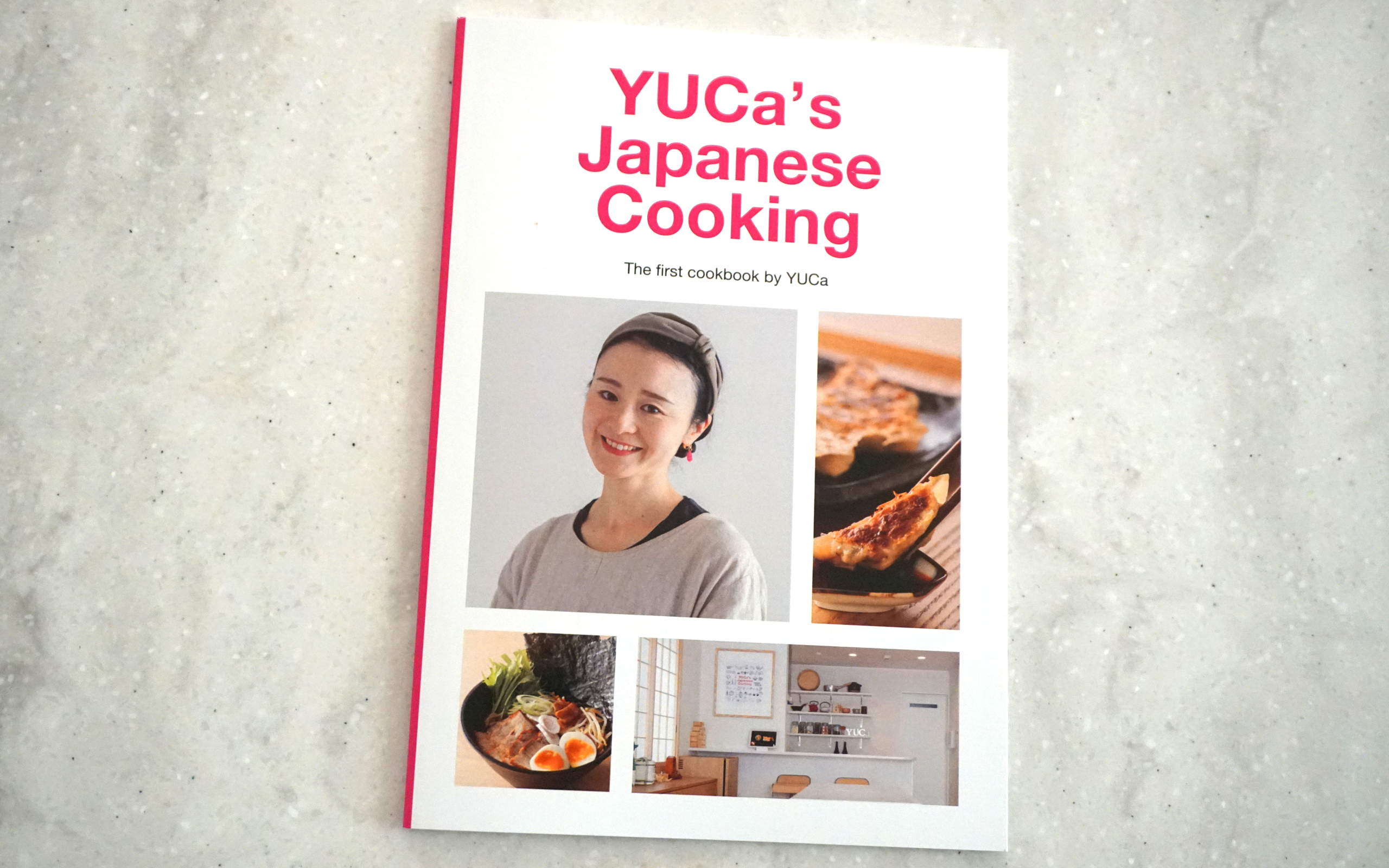Ozoni (Japanese New Year’s Soup with Mochi)
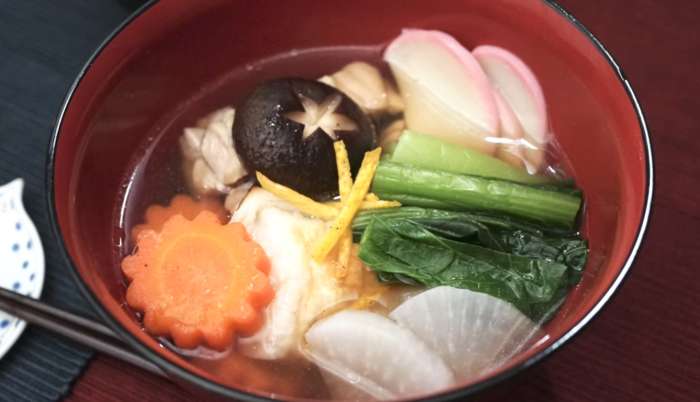
Ozoni (お雑煮) is a Japanese New Year’s Soup with Mochi. In Japan, people enjoy this seasonal soup on New Year’s time. There are 2 types; Kanto-style (Tokyo area) and Kansai-style (Kyoto area). Tokyo style has soy sauce based soup with chicken and mochi, mainly. Kyoto style has white miso based soup with yam and mochi. This time, we will make Tokyo style.
Read More
Oshiruko (Red bean soup with mochi)
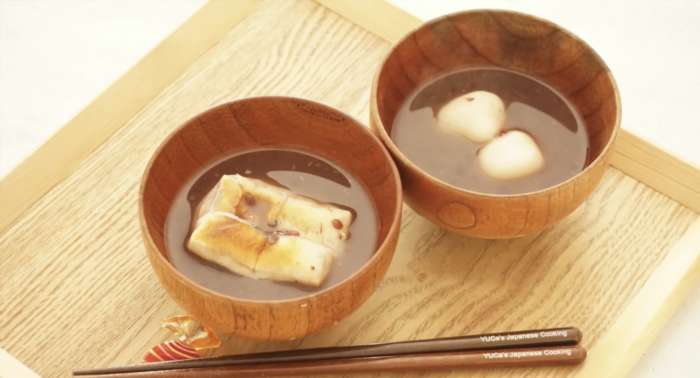
Oshiruko (おしるこ、お汁粉) is a sweet red bean soup with mochi or shiratama dumplings in it. This is one of the traditional soup sweets in Japan. A dish similar to oshiruko is called zenzai (ぜんざい). In the Kanto region, zenzai is rice cake poured with red bean paste. You can taste this hidden sweets at traditional Japanese sweets shop called Kanmi-dokoro (甘味処). If you order oshiruko at a shop, you may find it comes with oshinko (お新香). The salty oshinko enhances the sweetness of oshiruko.
In this recipe, you will see two types of Oshiruko; one with the block type pre-made mochi and the one with shiratama dumplings made of glutinous rice flour.
Read More
Salmon Nanbanzuke
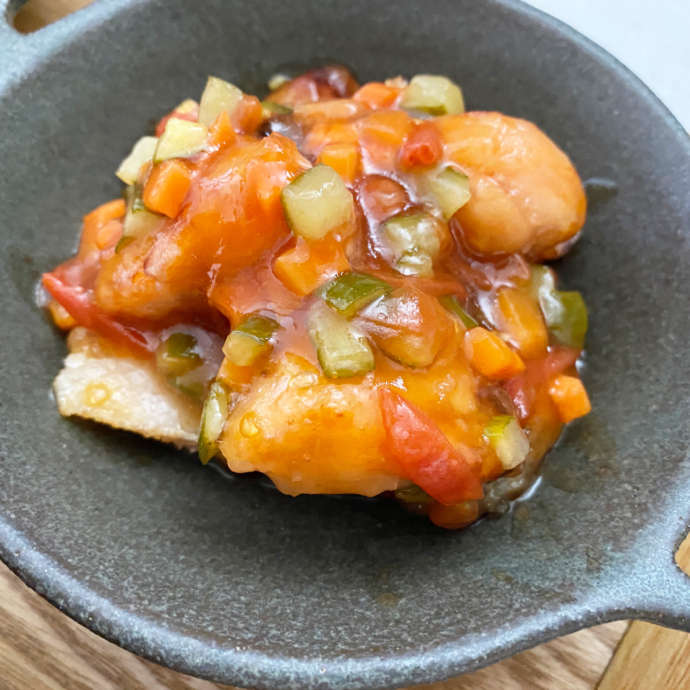
Nanbanzuke (南蛮漬け) is a dish in which fish or meat is deep fried and then marinated in sweet vinegar and aromatic vegetables such as red pepper and leeks. The term “Nanban” comes from the “Nanban trade (南蛮貿易)” that began around the 16th to 17th century, and refers to the people and products of Spain and Portugal, who were the trading partners at that time.
It is said that the escabeche and its unique cooking method introduced from these countries gave rise to the term “Nanbanzuke”.
Nanban-zu(南蛮酢), made by adding soy sauce, sugar, and other seasonings to vinegar, has a familiar sweet and sour taste. It is delicious hot or cold, and the flavor changes depending on how long the fish has been marinated. This time, we will introduce Nanbanzuke using salmon.
Read More
Spicy Salmon Onigiri
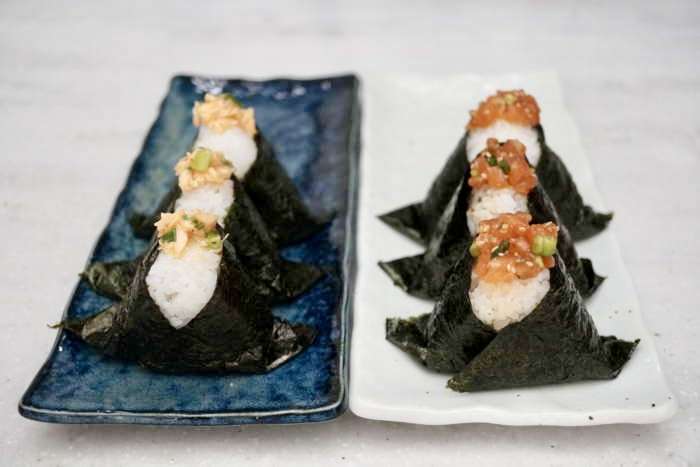
Do you like spicy food and salmon? If so, this recipe may be just right for you! It’s hard to find spicy food in Japan, but this recipe uses Ichimi Togarashi and raayu (Chinese red chili oil) to give it a spicy flavor. Also, for those who don’t like raw fish, we present two versions of onigiri: a raw salmon version and a grilled salmon version.
Read More
Miso Butter Salmon
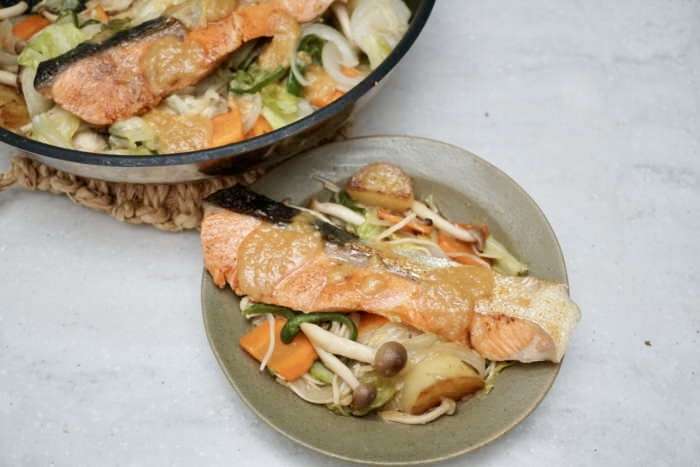
Miso Butter Salmon is known as “Chanchan-yaki,” a local dish of Hokkaido, which is originally a fisherman’s dish in Hokkaido, a region famous for its salmon catches. The “chanchan” in “chanchan-yaki” refers to the sound made during cooking. This dish of salmon and vegetables topped with a sauce rich in miso and butter is hearty and pleasing to the eye.
Read More
Okonomiyaki Sauce (Updated)
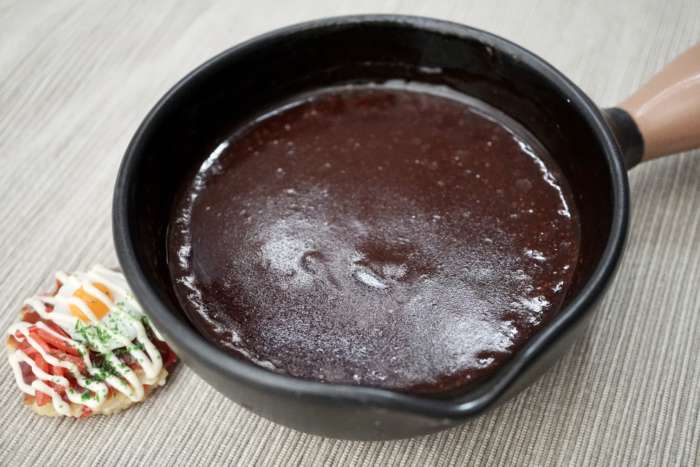
The sauce determines the flavor of okonomiyaki. To make this recipe as close as possible to a commercial okonomiyaki sauce, we use Dashi, an essential ingredient in Japanese cooking, and dates in paste form. We also introduced oyster sauce and potato starch to thicken and intensify the flavor. You can buy commercially available okonomiyaki sauce, but why not try making your own from scratch using seasonings you already have at home? It will surely become a special okonomiyaki!
Read More
Salmon Mayo Onigiri
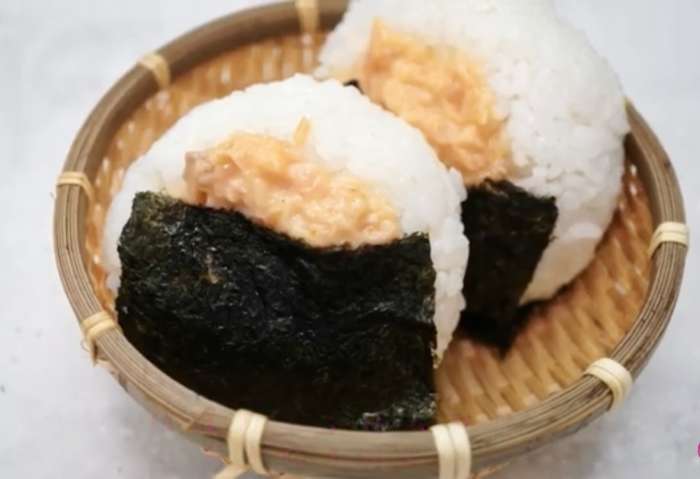
Salmon onigiri is a classic rice ball that can always be found in Japanese convenience stores and supermarkets. This recipe is an arranged version of onigiri with mayonnaise and salmon flakes dressed together. If you like mayonnaise, this is a must try!
Read More
Karaage (Japanese Fried Chicken)
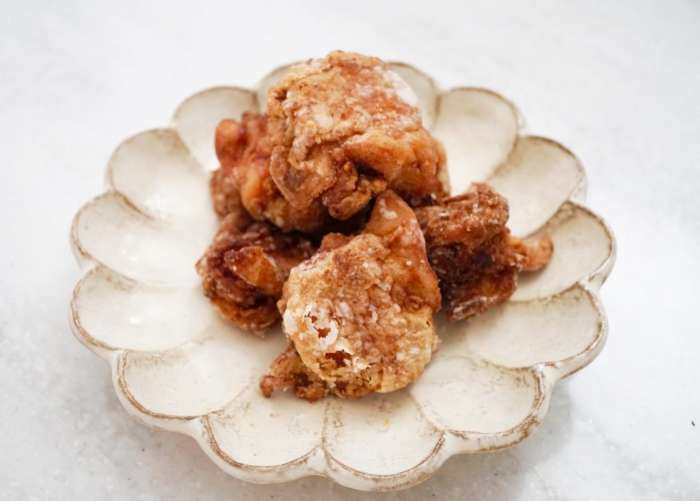
Japanese karaage is simply deep-fried chicken seasoned with mostly soy sauce, sake, ginger and garlic. In Japan, karaage is loved by men and women of all ages, so much so that there are bento boxes that contain only karaage on a bed of white rice. It is also readily available at convenience stores, so it is common to see students and businessmen eating it for a quick pick-me-up. The key to its deliciousness is that it is crispy on the outside and juicy and juicy on the inside.
Read More
Salmon Onigiri
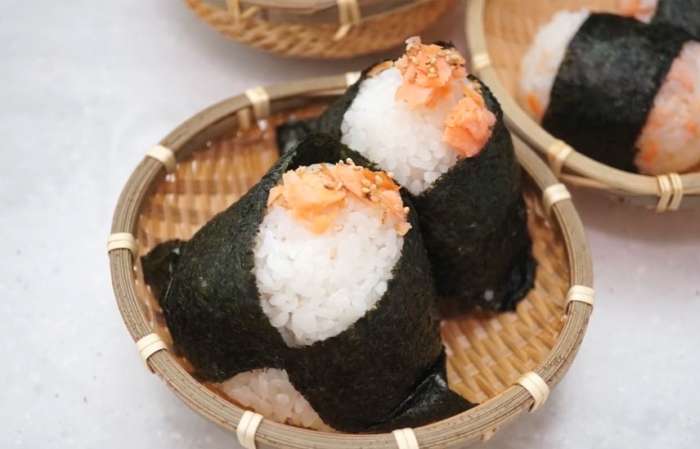
Salmon onigiri is a classic rice ball that can always be found in Japanese convenience stores and supermarkets. It is very simple to make. Grilled salmon is cut into bite-size pieces and wrapped with warm rice. The secret to the delicious taste is to use just the right amount of salt and fresh nori seaweed. I also introduce rice balls made with finely crushed salmon for children.
Read More
Ehomaki with Meat (BBQ Sushi Roll)
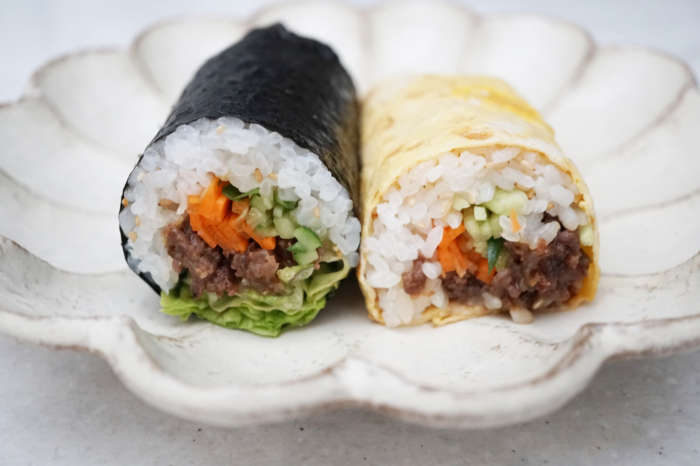
There are various types of sushi rolls in Japan, from thin to thick. Among them, thick rolls filled with a variety of ingredients are called “ehomaki,” and are usually eaten on Setsubun in February. Instead of using raw fish, we’ll use Wagyu Japanese beef seasoned with Yakiniku sauce (Japanese BBQ sauce). And we will make two types sushi roll; one with nori seaweed and the other with thin egg omelette sheet.
Read More



















